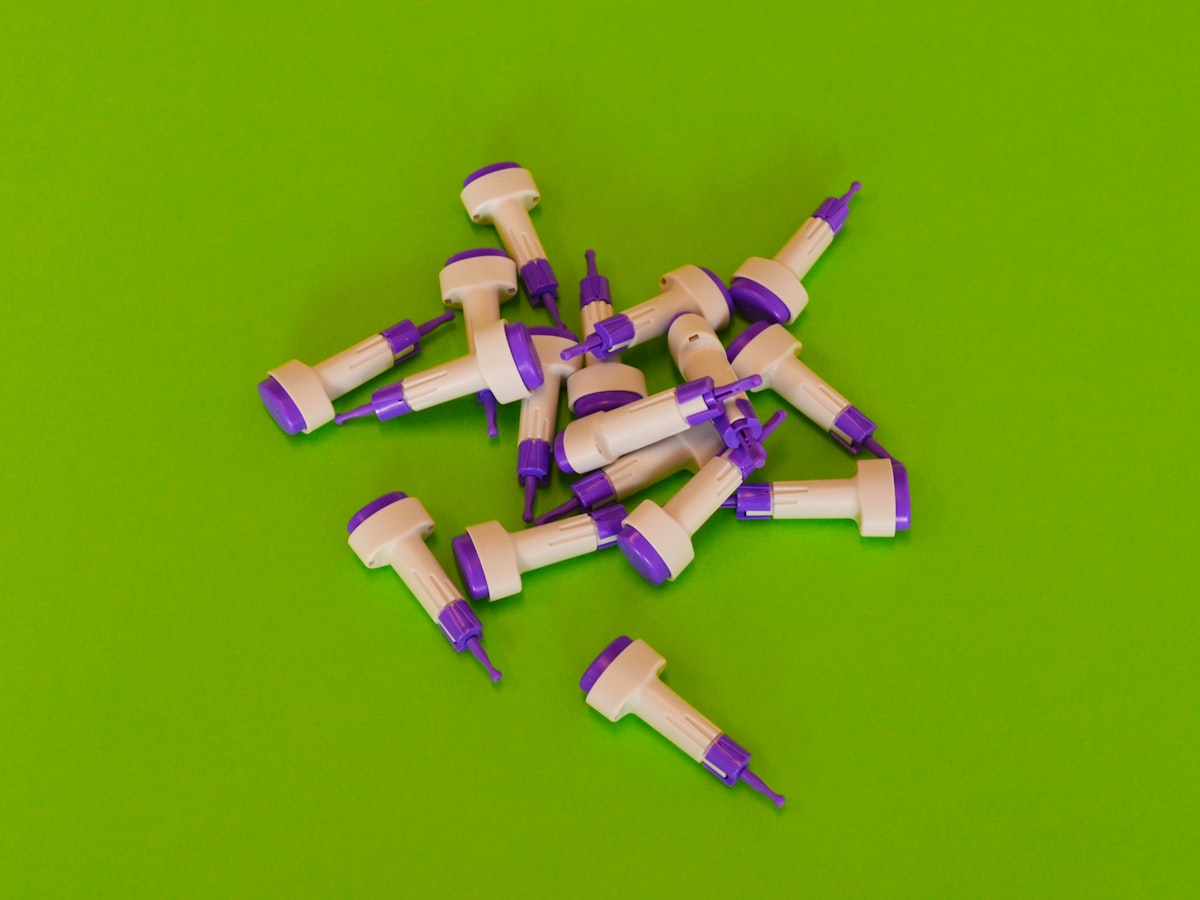
Diabetes is a chronic condition that affects millions of people around the world. One of the most common complications of diabetes is the development of diabetic wounds. These wounds can be slow to heal and may lead to serious infections if not properly managed. Understanding the causes, symptoms, and treatment options for diabetic wounds is crucial for those with diabetes to stay healthy and prevent complications.
Causes of Diabetic Wounds
Diabetic wounds are often the result of two main factors: neuropathy and poor circulation. Neuropathy is a condition that affects the nerves, causing a loss of sensation in the extremities. This means that individuals with diabetes may not be able to feel pain or discomfort in their feet or hands, making them more susceptible to injuries. Poor circulation is another common issue for those with diabetes, as high blood sugar levels can damage blood vessels and reduce blood flow to the extremities. This can slow down the healing process and increase the risk of infections.
Other factors that can contribute to the development of diabetic wounds include obesity, smoking, and a history of foot ulcers. Individuals who are overweight or obese may have excess pressure on their feet, which can lead to ulcers and other wounds. Smoking can also impair circulation and reduce the body’s ability to heal wounds. Those who have had foot ulcers in the past may be more likely to develop new wounds in the future.
Symptoms of Diabetic Wounds
Diabetic wounds can present in a variety of ways, depending on the severity and location of the wound. Some common symptoms of diabetic wounds include:
– Redness, swelling, or warmth in the affected area
– Pain or tenderness
– Drainage or pus from the wound
– Foul odor
– Black or discolored skin around the wound
– Slow or non-healing wounds
If you notice any of these symptoms, it is important to seek medical attention immediately. Diabetic wounds can progress quickly and lead to serious complications if not treated promptly.
Treatment Options for Diabetic Wounds
The treatment of diabetic wounds typically involves a multi-disciplinary approach, involving healthcare professionals such as podiatrists, wound care specialists, and endocrinologists. The goal of treatment is to promote healing, prevent infections, and reduce the risk of complications. Some common treatment options for diabetic wounds include:
– Debridement: Removing dead or infected tissue from the wound to promote healing.
– Dressings: Applying specialized dressings to keep the wound clean and moist.
– Offloading: Reducing pressure on the wound by using devices such as special shoes or braces.
– Antibiotics: Taking antibiotics to treat or prevent infections.
– Hyperbaric oxygen therapy: Using high-pressure oxygen to promote healing.
– Skin grafts or flaps: Using skin from another part of the body to cover the wound.
In some cases, surgical intervention may be necessary to remove infected tissue or repair damaged blood vessels. It is important for individuals with diabetes to follow their healthcare provider’s recommendations for treatment and to monitor their wounds closely for any changes.
Preventing Diabetic Wounds
Preventing diabetic wounds is essential for maintaining overall health and well-being. Some tips for preventing diabetic wounds include:
– Controlling blood sugar levels: Keeping blood sugar levels within a healthy range can help prevent damage to blood vessels and nerves.
– Inspecting feet daily: Checking feet for any signs of redness, blisters, or other abnormalities can help catch wounds early.
– Wearing appropriate footwear: Wearing shoes that fit properly and provide good support can reduce the risk of developing foot ulcers.
– Avoiding smoking: Quitting smoking can improve circulation and reduce the risk of diabetic wounds.
– Seeking regular medical care: Regular visits to a healthcare provider can help monitor for any signs of complications and provide early intervention if needed.
By following these tips and working closely with healthcare professionals, individuals with diabetes can reduce their risk of developing diabetic wounds and prevent serious complications.
In conclusion, diabetic wounds are a common complication of diabetes that can lead to serious infections if not properly managed. Understanding the causes, symptoms, and treatment options for diabetic wounds is crucial for those with diabetes to stay healthy and prevent complications. By controlling blood sugar levels, inspecting feet daily, wearing appropriate footwear, avoiding smoking, and seeking regular medical care, individuals with diabetes can reduce their risk of developing diabetic wounds and maintain their overall health and well-being. It is important to seek medical attention promptly if any symptoms of diabetic wounds are present, in order to prevent further complications and promote healing.












